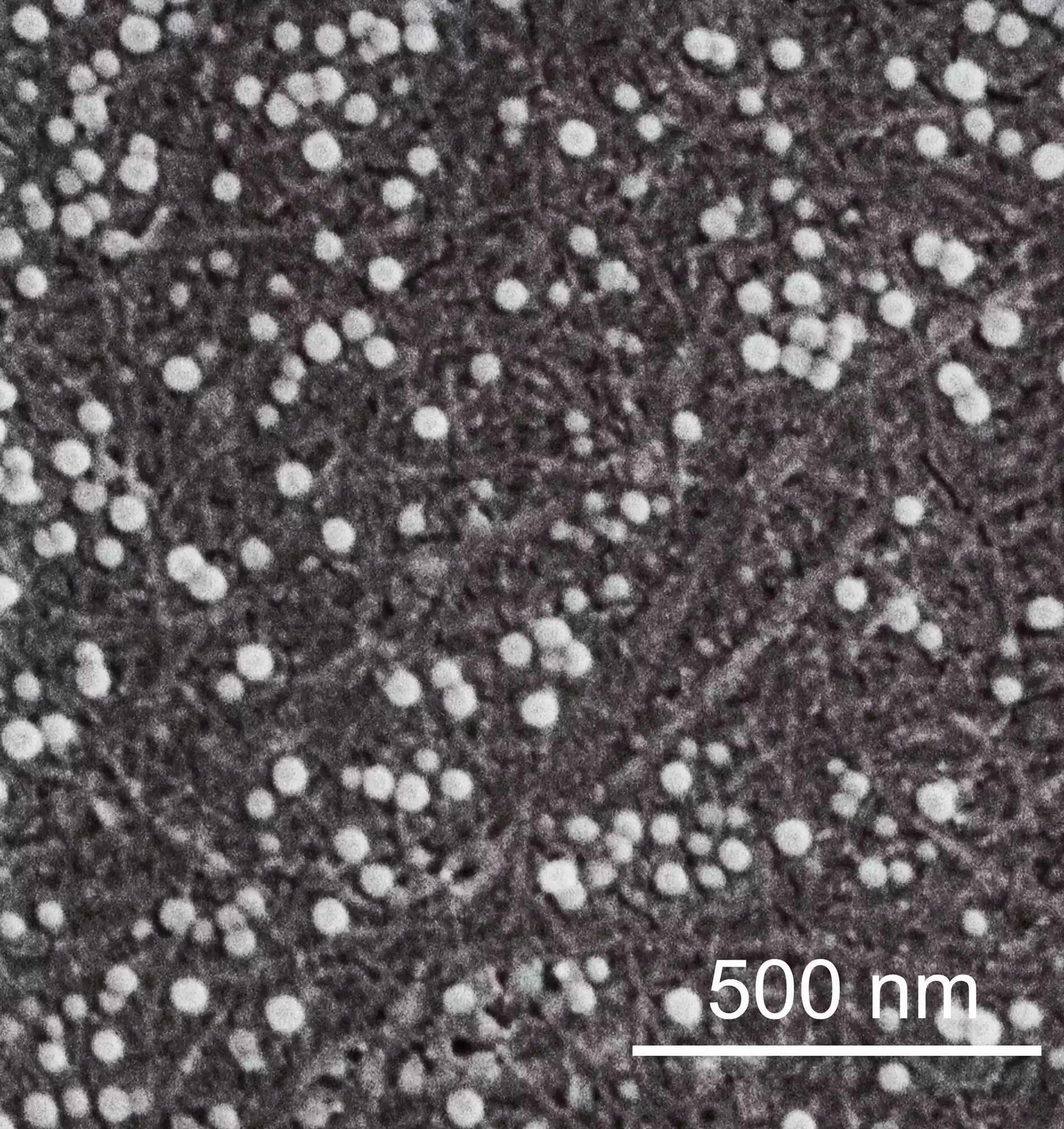Dr. Phoebe Stapleton, a Rutger’s University associate professor of pharmacology and toxicology, is a coauthor of a new study on plastic particles found in bottled water.Photo:Amy Goldstein Photography

Amy Goldstein Photography
In January Phoebe Stapleton, associate professor of pharmacology and toxicology at Rutgers University, co-authored a groundbreaking study that revealed thealarming amount of tiny plastic fragments — known as nanoplastics — found in bottled water.
Each liter of water contained an average of 240,000 particles from seven different types of plastics. Nearly 90 percent of these particles were nanoplastics made up of synthetic chemicals with potentially dangerous health effects, such as immune dysfunction and carcinogenicity; the remainder were larger microplastics.
PEOPLE speaks with Stapleton to get answers about the unsettling findings in this week’s issue featuring ourEarth Day Special.
How do these particles get into the water?
Stapleton: Of the three different brands of water we examined, the particles all came from the bottle and the cap. But with two of the brands, the highest concentrations were in the water before it got into the bottle. We haven’t done an analysis to test if it came from the source water or if it came from the filtering and processing.
What happens when these particles enter the body?
For more of our Earth Day Special, pick up the latest issue of PEOPLE, on newsstands Friday, or subscribehere.
What’s the difference between microplastics and nanoplastics?
Stapleton: A microplastic is anywhere between one micron and five millimeters in size. That’s about the size of a grain of sand, a grain of salt, a sesame seed. It’s something you can see, but just barely. Nanoparticles are about a thousand times smaller than the smallest micro particle. They’re invisible to the naked eye and in the bacteria and virus size range.
A photograph of microplastics (the round white particles) on a filter membrane.University of Texas at Austin

University of Texas at Austin
What’s the most troubling aspect of this study?
Stapleton: One concerning question is where exactly in the body are these particles going, how long do they stay there, and what are they doing while they’re there? Another concern is this idea of accumulation of these particles in healthy human tissues. A study out of Hawaii has shown that tissues sampled [recently] had significantly higher concentrations of plastic particles in them than the tissues from just 10 years ago. So while it might not affect my health today, it may affect my health in 50 years.
What was so unique about this study?
Stapleton: Because we were able to find these nanoplastics. That was important because as scientists we knew that they were there [in bottled water], but we hadn’t been able to demonstrate that, show them, count them and identify what type of plastic they were made from.
Are you still drinking bottled water?
Stapleton: I’m drinking filtered tap water now [tap water generally contains less plastic particles than bottled water], but I’m still nervous about the filters because they’re made out of plastic and they can’t filter out nanoparticles.
PLASTIC BE GONE!
Here are some additional tips from Aidan Charron,Earthday.org’s director of End Plastics Initiatives, on how to begin purging plastics from your home and life.
Reuse!Ditch the single-use plastic and opt for stainless steel or glass water bottles and food containers.
Eco-Friendly FashionPay attention to what your clothes are made of. Avoid synthetic fibers — they’re plastic.
Audit Your Plastic UseFind more sustaibable alternatives like shampoo bars for daily needs.
source: people.com